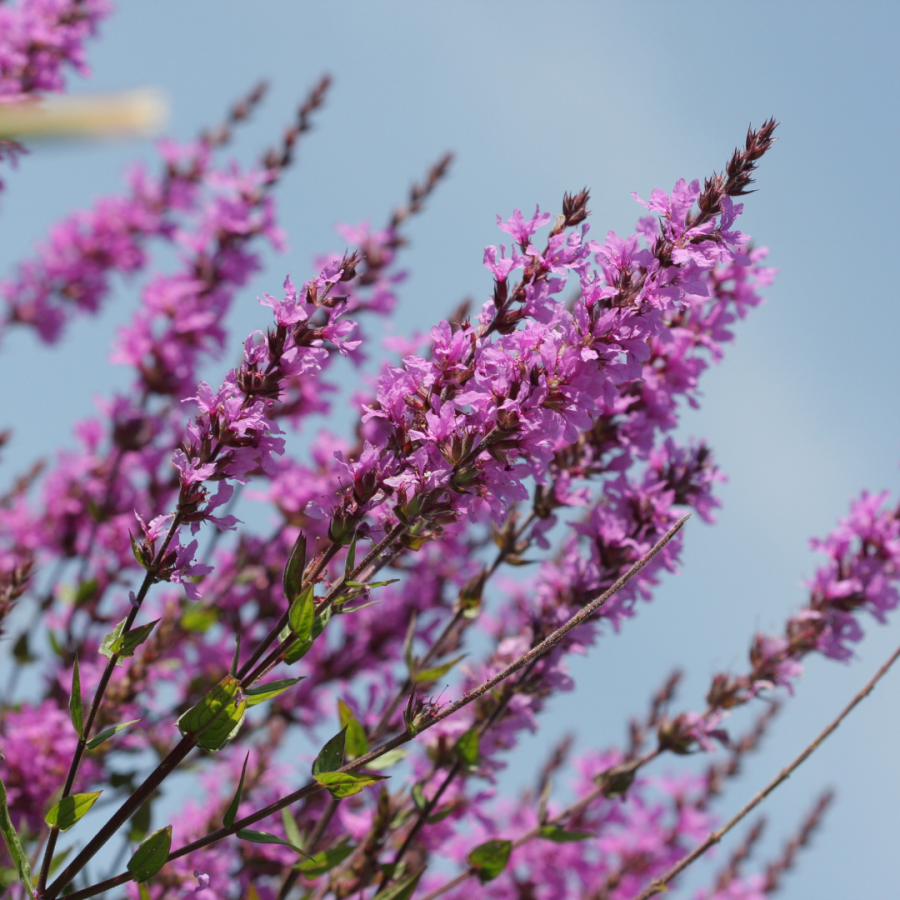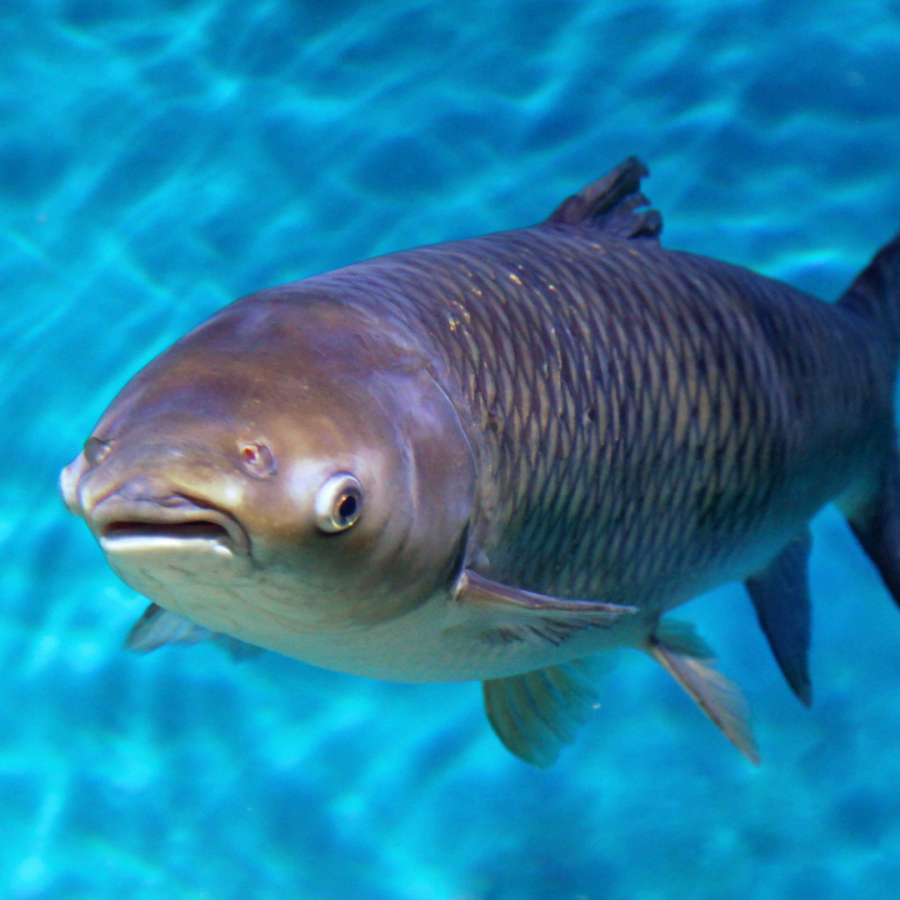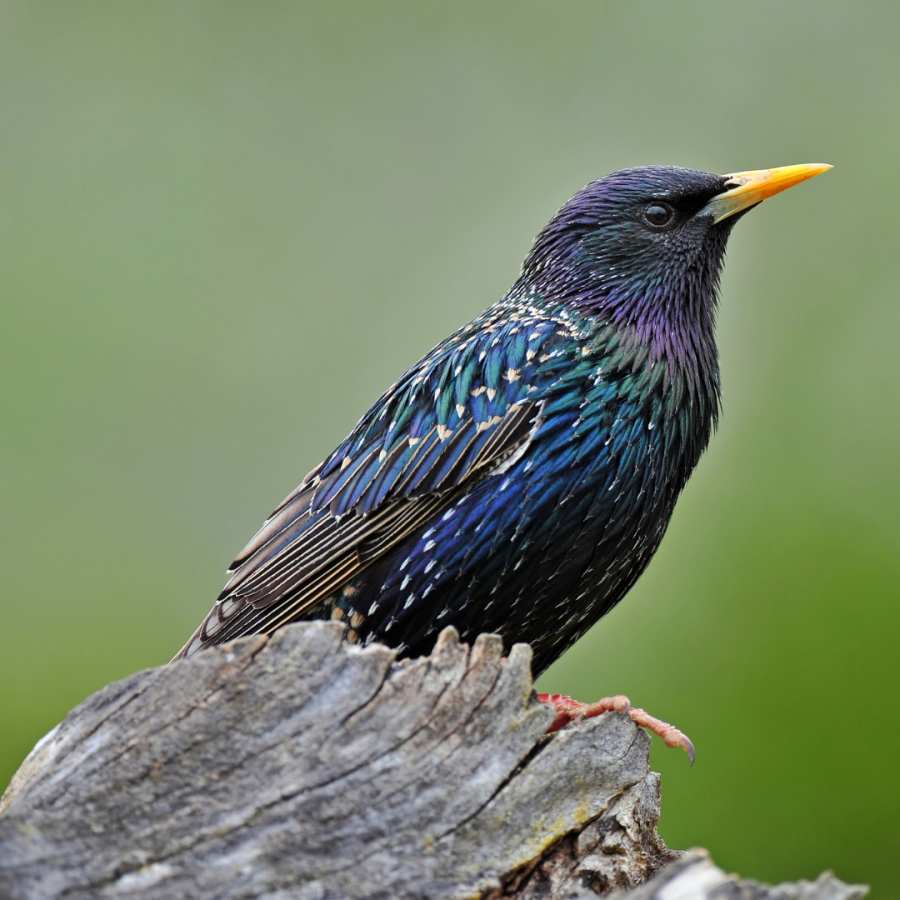Blog
Happy National Invasive Species Week!

by Danie Frevola, Conservation Apprentice
Happy National Invasive Species Awareness week! Anyone that has had a conversation with me has heard ‘invasive species’ countless times, and it's likely that you have come across the term quite a few times on your own too. Why is it that so many people talk about invasives? And what does invasive species even mean?
While I think the easier question to answer is why are invasive species a hot topic of conversation (spoiler alert: invasive species are fascinating), let’s focus on answering the question “What does invasive species even mean?”.
Invasive and non-native species are often used interchangeably, but the words mean and imply very different things. For example, before defining the terms, many people already have an idea of how invasive and non-native species are different. To illustrate, close your eyes and think of how you would describe an invasive species? Now, do the same thing for non-native species. For invasive species, we often think of strong and negative words like aggressive, dominant, and competitive. But for non-native species, we usually think of much more subtle adjectives, like gardening and benign.

But are invasive and non-native species really that different? Yes! All invasive species are non-native, but not all non-native species are invasive.
A non-native species is simply a species living outside of the area it evolved in. To be considered invasive, the species lives outside of the area it evolved in but also spreads aggressively through its new environment and has an impact (typically negative) there. Invasive species can also be viewed as non-native species that thrive in an area outside of where it was originally introduced to by humans. Good examples of invasive species thriving outside of the area they were introduced to include purple loosestrife (introduced for gardening), Asian carp (introduced for aquatic farming), and European starlings (introduced to pay tribute to Shakespeare’s plays).

Okay, invasive and non-native are different—does it really matter what I call them? Also, Yes!
As we saw earlier, the term invasive is associated with aggressive terminology and non-native is not. When we incorrectly label a non-native as invasive, we are also implying the negative, unwanted, and feared emotions that we associated with ‘invasive’. If we call every non-native species we see ‘invasive’, we can easily lose motivation and interest to be good land stewards.
We may start to think “If all of these species are aggressive and bad, why would I want to go outside and try to enjoy nature?” or “Why should I try to do my part to protect the environment if all these species are going to run it into the ground?”. By being mindful of using the term invasive for only those species that “earned” it, we can limit this type of mindset.
To celebrate National Invasive Species Week, we will be highlighting different species that are true invasives and discussing what makes them worthy of the title. Stay tuned!